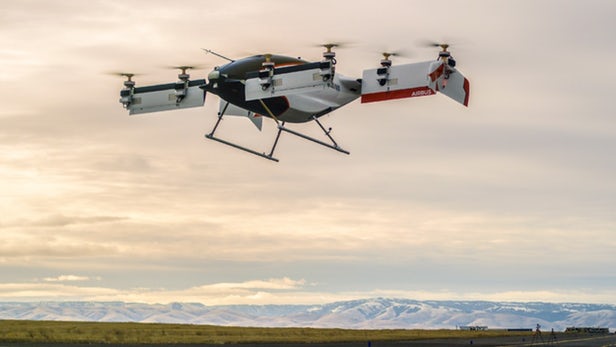
Breaking News
 Tucker Carlson on Why He Interviewed Nick Fuentes and What He Wanted to Convey To Him
Tucker Carlson on Why He Interviewed Nick Fuentes and What He Wanted to Convey To Him
 The Global War on Christianity Just Got a Whole Lot Worse, and Ted Cruz Doesn't Care
The Global War on Christianity Just Got a Whole Lot Worse, and Ted Cruz Doesn't Care
 BREAKING EXCLUSIVE: The Globalists Are Trying To Trigger Stock Market Crash Worse Than 1929...
BREAKING EXCLUSIVE: The Globalists Are Trying To Trigger Stock Market Crash Worse Than 1929...
 ICE's 'Frightening' Facial Recognition App is Scanning US Citizens Without Their Consent
ICE's 'Frightening' Facial Recognition App is Scanning US Citizens Without Their Consent
Top Tech News
 HUGE 32kWh LiFePO4 DIY Battery w/ 628Ah Cells! 90 Minute Build
HUGE 32kWh LiFePO4 DIY Battery w/ 628Ah Cells! 90 Minute Build
 What Has Bitcoin Become 17 Years After Satoshi Nakamoto Published The Whitepaper?
What Has Bitcoin Become 17 Years After Satoshi Nakamoto Published The Whitepaper?
 Japan just injected artificial blood into a human. No blood type needed. No refrigeration.
Japan just injected artificial blood into a human. No blood type needed. No refrigeration.
 The 6 Best LLM Tools To Run Models Locally
The 6 Best LLM Tools To Run Models Locally
 Testing My First Sodium-Ion Solar Battery
Testing My First Sodium-Ion Solar Battery
 A man once paralyzed from the waist down now stands on his own, not with machines or wires,...
A man once paralyzed from the waist down now stands on his own, not with machines or wires,...
 Review: Thumb-sized thermal camera turns your phone into a smart tool
Review: Thumb-sized thermal camera turns your phone into a smart tool
 Army To Bring Nuclear Microreactors To Its Bases By 2028
Army To Bring Nuclear Microreactors To Its Bases By 2028
 Nissan Says It's On Track For Solid-State Batteries That Double EV Range By 2028
Nissan Says It's On Track For Solid-State Batteries That Double EV Range By 2028
Electric self-piloted Airbus VTOL aircraft completes first full-scale test flight

The latest leap forward comes from Airbus and A³ with the first successful, full-scale test flight of its single passenger, self-piloted, electric VTOL aircraft called Vahana.
The Vahana project is relatively new compared to much of its competition with Airbus only launching the project two short years ago. To move from concept sketch on a napkin to a working prototype in such a short time is undeniably a remarkable achievement.
The full-scale aircraft tested was dubbed Alpha One and its first flight was completely self-piloted, lasting 53 seconds and reaching a modest height of 5 m (16 ft). The test aircraft measured 5.7 m (18.7 ft) long, 6.2 m (20.3 ft) wide and 2.8 m (9.2 ft) high and had a takeoff weight of 745 kg (1,642 lb). The next stages for testing will involve transitioning from vertical to forward flight.
There are undeniably many hurdles, both technically and regulatory, that need to be overcome before these things are set loose in the airspace over our cities ,but the pace of development seen in the Vahana, and others, is truly startling. So much so, it isn't unreasonable to expect to see autonomous flying taxis in our skies within the next 10 years.

 Carbon based computers that run on iron
Carbon based computers that run on iron

